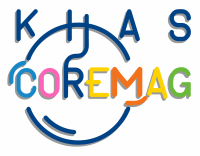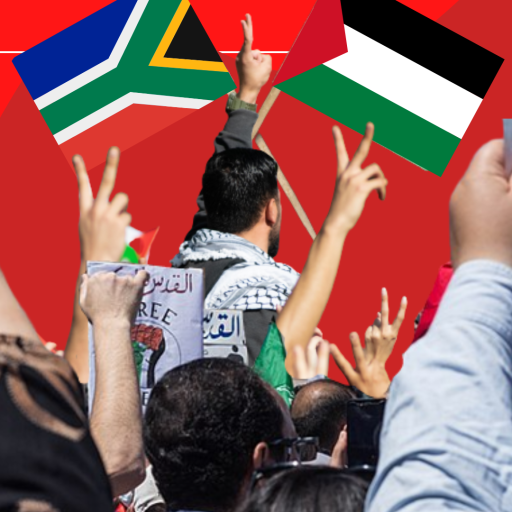Apartheid Struggle and Resistance from South Africa and Palestine
17 Eylül 2022Raghad Sawalha
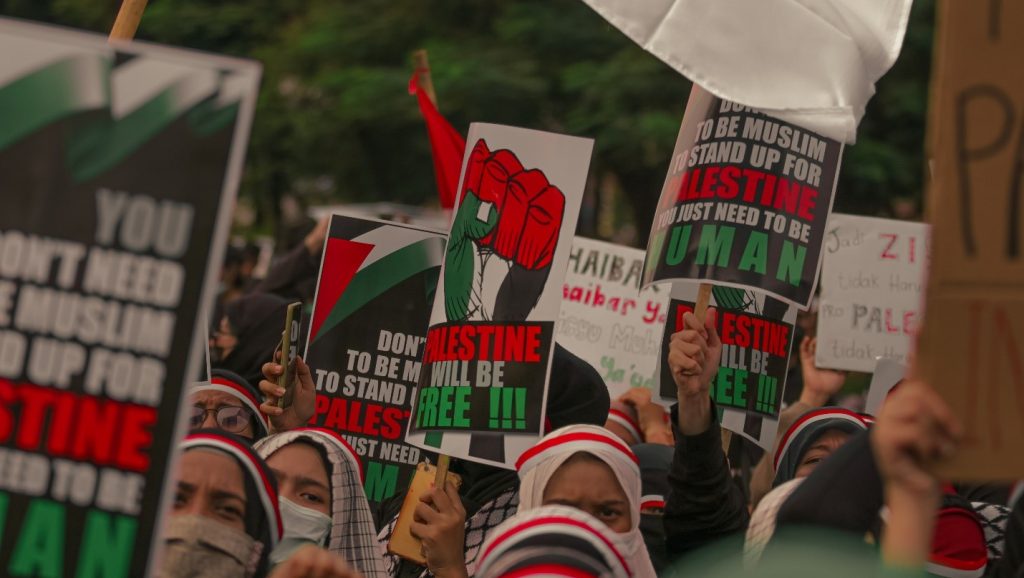

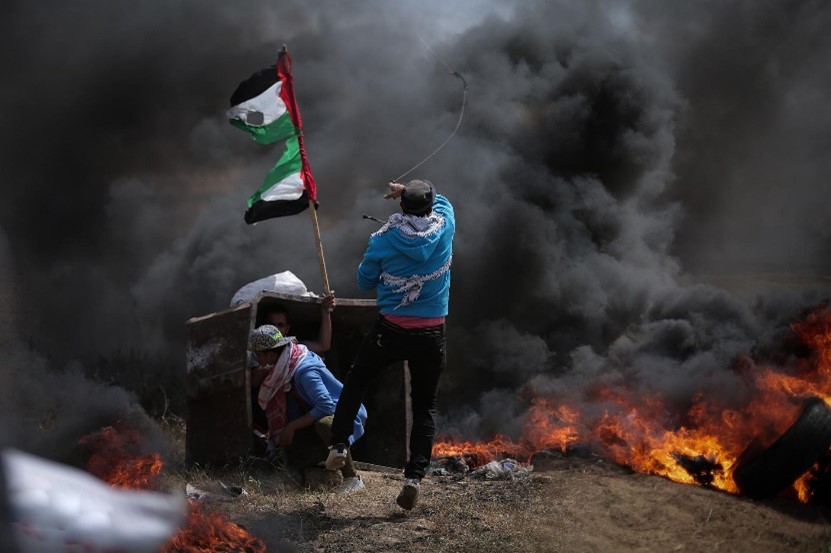


Map 2. South Africa before 1994. By Molly O’Halloran.
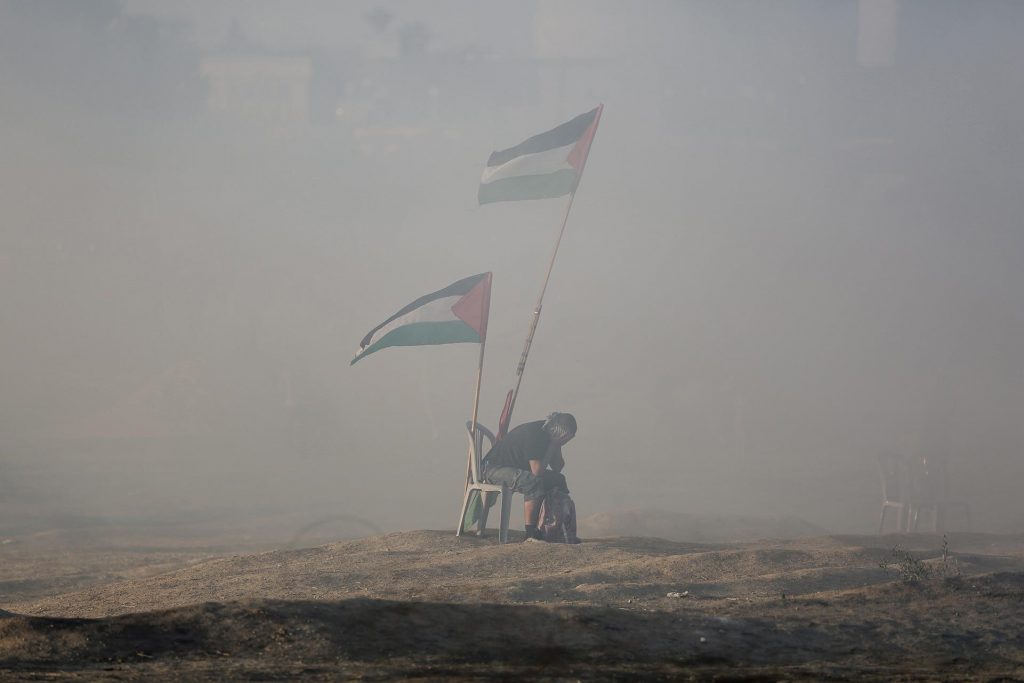
References
- Clarno, A. (2017). “Neoliberla Aparthied: Palestine/Israel and South Africa after 1994” 2-29. 10.7208/chicago/9780226430126.001.0001
- Marwan Darweish, & Andrew Rigby. (2015). Popular Protest in Palestine: The Uncertain Future of Unarmed Resistance https://doi.org/10.1007/978-3-030-11795-5_142-1
- Peteet, J. (2016). The Work of Comparison: Israel/Palestine and apartheid, 89(1), 247-281. https://www.jstor.org/stable/43955521
- Sayegh, F. A. (1965). “Zionist colonialism in Palestine”. 1-78.
- Timeline – World History Documentaries. (2017). How Mandela Changed South Africa: From Prison To President: Timeline. YouTube. From https://youtu.be/Rk-Lxgp9NWg.
- Weiner, J. R. (1996). Peace and its discounts: Isreali and palestinian intellectuals who reject the current peace process. 29(2), 501-536. https://heinonline.org/HOL/P?h=hein.journals/cintl29&i=509
- Zunes, S. (1999). “The Journal of Modern African Studies”. The Role of Non-Violent Action in the Downfall of Apartheid, 37(1), 137-169. https://www.jstor.org/stable/161471
Appendix
A series of questions were asked to a few relatives who have more experience as they witnessed the events occurring in Palestine. Not too many questions were asked as everything I needed was found from my other sources.
- In what ways was the struggle in South Africa and Palestine similar?
They experienced racially injustices from blockades to segregated roads and to forced displacements that left thousands displaced and were all treated terribly simply due to their identity that was seen as something threatening.
- How was the second uprising (intifadah) like?
It started with the prime minister of Israel visiting Al Aqsa compound which Palestinians did not approve of since it is their territory and was disrespectful to them. This one was much more violent due to armed resistance and many people became martyrs and by the end of it, Palestinians of the West Bank were not allowed into Jerusalem unless they apply for a permit in which the majority of the time gets rejected.
- How do Palestinians get treated?
There are hundreds of checkpoints across Palestine in which people have to pass by and they are usually being kept there for hours until they are allowed to pass to the other city or village. They are also treated horribly at the Jordan borders as they spend hours there being kept waiting by Israel offensive forces until they can finally enter. They also banned the flag of Palestine to be held as well as any type of merchandise that holds the four colours found on the flag.
